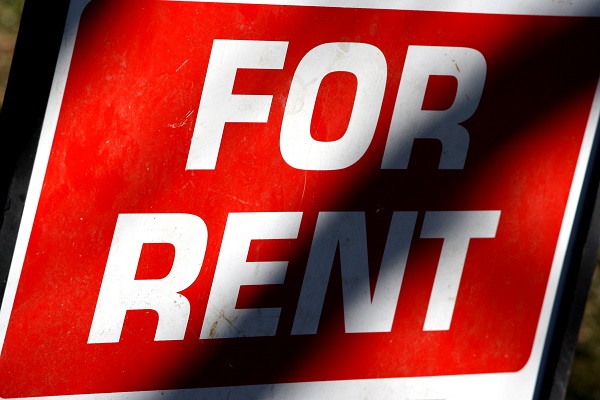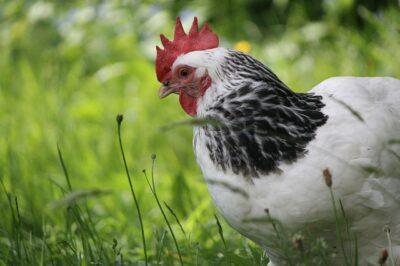|
Listen To The Article
|
Have you always dreamed of homesteading or living off the grid, but can’t do so since you don’t own any land?
There’s good news: There’s a variety of ways you can start homesteading without necessarily owning acreage.
After my family and I made the leap from city to country several gyears back, we rented a small property in a rural town that allowed us to plant vegetables and raise small livestock. We did this for several years before purchasing land of our own, enabling us to transition from urban to rural in a gradual and deliberate way.
Why Rent?
The benefits of leasing over purchasing land are numerous: you shell out minimal expense, start farming without long-term commitment, and have an option to leave the property – and the farming lifestyle — if you decide it’s not for you. Call it an on-the-job training or a trial period. Leasing gives you a chance to hone your skills and test the land or area around you. Meanwhile, you’re able to gauge just how much space, structures, plants and animals you’ll need when you start homesteading on your own future property.
And because the place isn’t your own, you won’t feel obliged to do home improvement projects unless it’s totally needed, or you can negotiate a deduction from the following month’s rent. Instead, you can save those much-needed funds to raise capital for your own future farm.
Are You Prepared For A Long-Term Blackout? Get Backup Electricity Today!
Renting could be that important and helpful “middle step” between leaving the city, a full-time job and all the urban pursuits, and settling into your desired country lifestyle – for good.
Why Farmers Lease
There are different reasons landowners may want to lease their properties, big or small, productive or not. Some may be economic factors, others for personal reasons. With the average age of farmers at 57, there’s a substantial number of old-generation farmers looking to retire or slow down. They may opt to downsize their operations, partner with young farmers, or lease out a portion of their land to aspiring homesteaders.
Here’s where you enter the picture. If you’re a beginning farmer, you can learn the ropes by maintaining somebody else’s farm or starting a small one on rented land.
Here’s How:
1. Plan your budget. Set limits when estimating the price and size of land you want to rent. Be realistic about your needs but allow some wiggle room to make improvements. Remember, you’ll need to be able to manage the property and provide any necessary add-ons, such as chicken coops, a hoop house, fencing, etc.
2. Search for land. Ask the folks at the farmer’s market, feed store, 4-H Club or farm-to-table organizations if they know of any farms being let out in your area or region. Don’t forget to check out your state’s agricultural extension office for listings. Online, there’s a host of farm-link websites that connect landholders with gardeners, new farmers and ranchers looking to rent land. These sites list available farms and forest lands for rent per state, region and all across the country. Many already have existing barns, pasture and water source. Some websites even allow land seekers to post an ad outlining their desired farm features – electricity, fencing, outbuildings, trees, access to water, land that hasn’t been sprayed for a few years, etc. And still other websites have a “matching service,” offering to facilitate meet-ups, negotiations and agreements. Check out the following:
TheLandConnection.org
3. Explore creative solutions. Don’t limit yourself to the standard cash-rent setup. There’s a variety of ways to do farming or homesteading other than self-sufficiency; you can also get into profitable ventures that could benefit both you and your landlord. There’s crop- or livestock-sharing, which allows you to split half of the income you make, in cash or kind.
Urban market gardener Curtis Stone does this, earning six figures a year by growing high-value, fast-growing vegetables in just half an acre he leases in British Columbia, Canada. He simply rents neighbors’ lawns, yards and idle properties in the suburbs, and pays his landlords $20-30 worth of crops each week.
Another possible arrangement is a lease-to-own, which works especially well with older farmers looking to downsize or retire within the next few years. If you’re a young farmer, look into partnership agreements. These pair young farmers with established ones nearing retirement.
4. Formalize. After you and your future landlord have agreed on the details of your land use, finalize everything on paper. Review and evaluate your agreement periodically and adjust wherever needed or desired.
5. Start slow. Work on a garden size and number of animals that you and the property can handle. If you’re building additional structures that your landlord won’t pay for, make sure they’re the collapsible and portable kind. Container gardens, rainwater barrels and electric fences are examples of such removable fixtures.
6. Small space? Go micro. If you end up renting a suburban property whose owner will allow you to do backyard homesteading, wonderful! Go ahead and use whatever available space you find to grow food. Just remember to be a good neighbor. Ask next-door residents if they wouldn’t mind if you kept some hens or a couple of pygmy goats. As goodwill, offer them a number of eggs or a bottle of milk each week, once you start producing consistently.
“The Big Book Of Off The Grid Secrets” — Every Homesteader Needs A Copy!
Even if you’re renting an apartment or a high-rise condo in the city, you can still dip your toes into homesteading. Grow salad greens and medicinal herbs on your balcony. Learn to can and make your own jams and pickles. Bake bread from scratch. Make your own soap and cleaning products. There’s 101 ways to begin your journey toward homesteading and self-sufficiency. You don’t really need to own land to do so.
What advice would you add for homesteading while renting? Share your tips in the section below:
Bust Inflation With A Low-Cost, High-Production Garden. Read More Here.
 Off The Grid News Better Ideas For Off The Grid Living
Off The Grid News Better Ideas For Off The Grid Living





